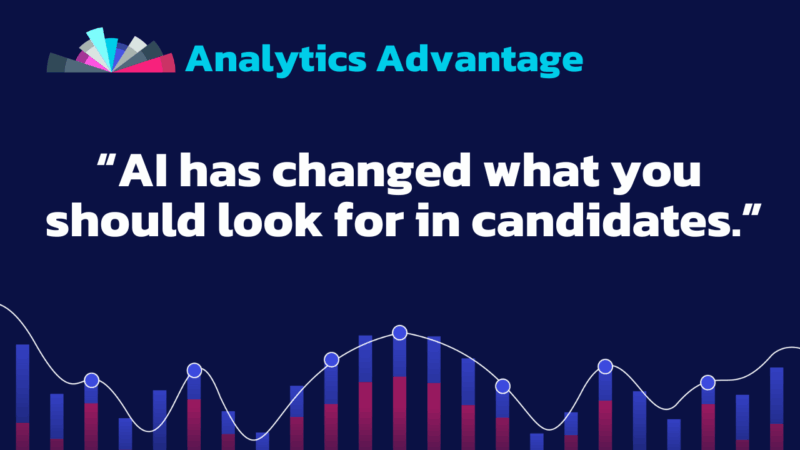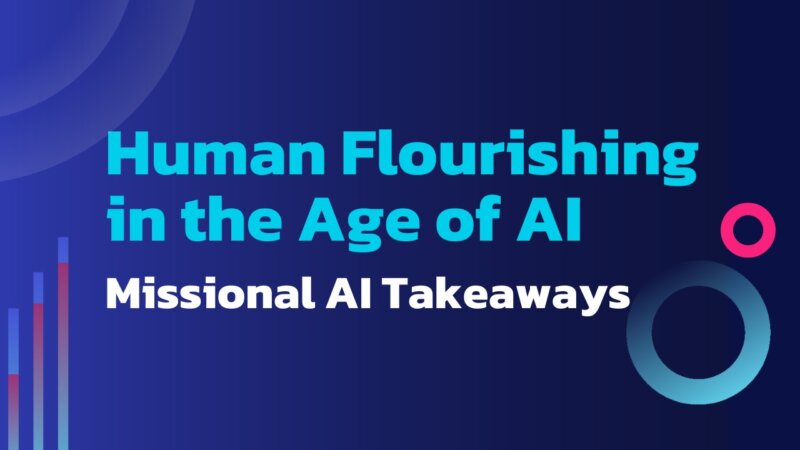
Thought Leadership
Is Ketchup Discrete or Continuous?
In the realm of data analysis and visualization, understanding the distinction between discrete and continuous variables is crucial. These concepts, seemingly abstract, find their roots in everyday examples, making them more tangible and relatable.
In this Mental Model episode, #7.1: There is Only One Continuous, Keith, Jonathan, and Robert explore this topic, using common items like ketchup and mustard, to better understand the intricate nature of these mathematical and philosophical concepts.
Here are some valuable insights into how these concepts impact data visualization and analysis, particularly through the lens of Tableau.
The Essence of Discrete vs. Continuous
A simple yet thought-provoking question starts the conversation: Is ketchup discrete or continuous? This question acts as a metaphor for how we categorize and measure the world around us. The context and granularity of our analysis often blur the distinction between discrete and continuous. This highlights a fundamental aspect of data interpretation: the continuous nature of reality and our attempts to simplify it through discrete categorizations for analysis.
A Philosophical Proposition
The discussion reveals a key takeaway: a philosophical proposition that in data interpretation, only one continuous essentially exists. This suggests that while we can categorize and measure various aspects of reality, its true nature is a continuum, with our discrete categorizations being a simplification for analysis and understanding. This concept challenges us to think more deeply about the nature of the data we work with and the methods we use in analyzing it.
Finite vs. Infinite Possibilities
The video further explores the difference between finite and infinite possibilities. Keith uses these to illustrate how continuous variables can have an infinite number of possible values within a range, whereas discrete variables are limited to specific, distinct values. This distinction is crucial for understanding how to effectively visualize and analyze data in various contexts.
Practical Applications in Tableau
The discussion uses practical Tableau examples to show how data visualization utilizes continuous and discrete variables differently. Continuous variables might be represented as lines or areas, reflecting their infinite range of values, while discrete variables might be depicted as points or bars, highlighting their specific, countable nature. These examples show the importance of choosing the right type of variable to accurately convey the story behind the data.
Quantitative vs. Categorical Variables
Lastly, Keith and the team make a distinction between quantitative and categorical variables. This distinction is vital for data analysts to understand and apply in their work to ensure clarity and accuracy in their findings.
The exploration of discrete and continuous variables in this Mental Model attempts to allow for a comprehensive understanding of these concepts and their implications for data analysis and visualization. Drawing on everyday examples and practical applications encourages us to think critically about the nature of data and the methods used to interpret it. As data analysts and data enthusiasts, embracing these complexities can enhance our ability to make sense of the world around us through data, leading to more insightful and impactful analyses.





